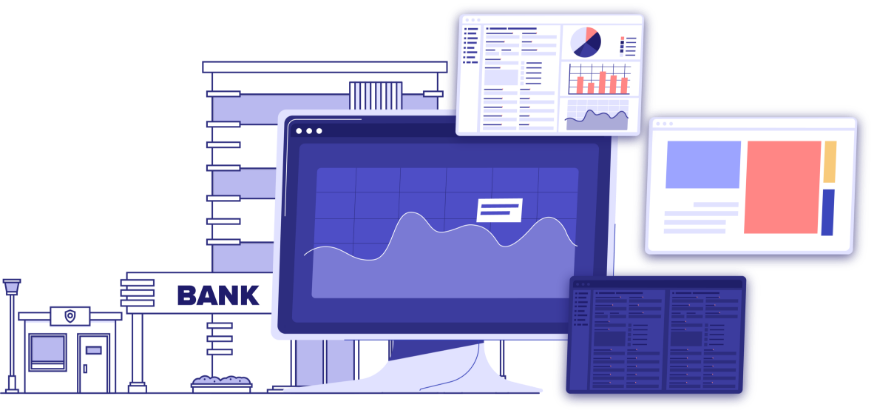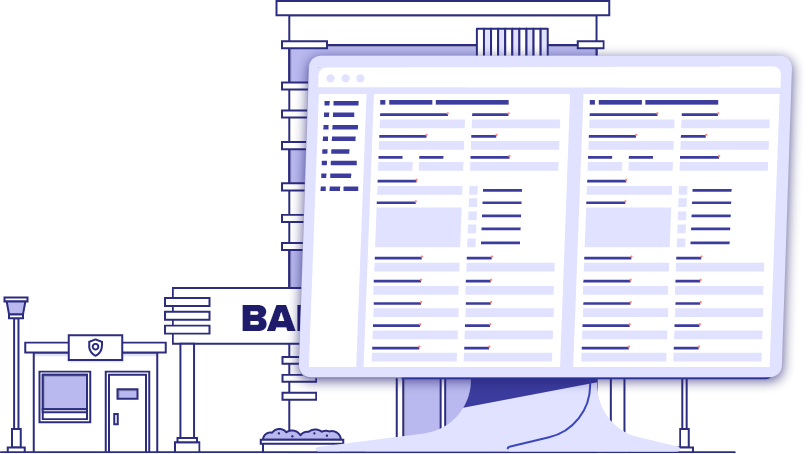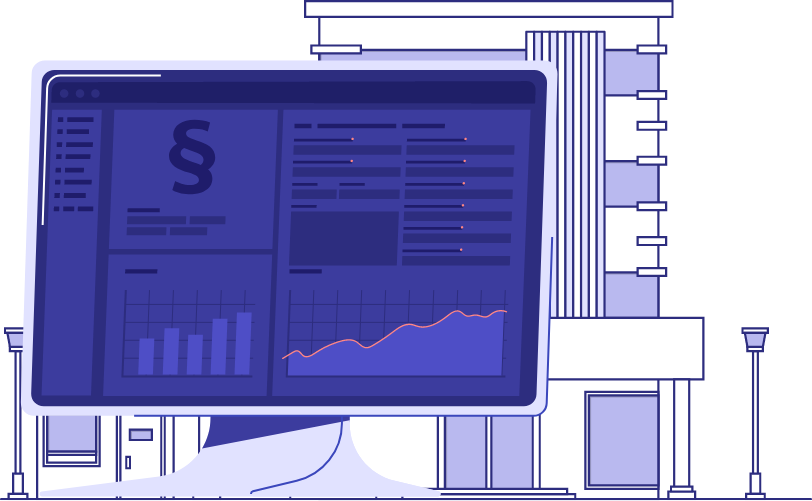Automatic generation of mass tax returns for bank customers

A project in a nutshell

The client was looking for a universal tool that would allow all tax information to be collected and managed in one place. Previously, the data was scattered in different systems, which further prevented the storage of created returns and statements. In the case of corrections, data had to be found in one system first, then imported into another and only then did the relevant document have to be generated. With an increasing number of mass operations, this process – for both original and adjustment declarations – was time-consuming and inefficient. An additional problem was the lack of recording of individual operations, which made auditing impossible and could be challenged by, for example, the FSA.
The VTR automates the entire tax data handling process. Thanks to the technology used, mass handling is possible: from data downloading, through data processing and declaration generation, to automatic sending to the Ministry of Finance. The system provides constant access to historical data, and the ergonomic interface enables convenient management of all information from one place. Thanks to the implementation of the VTR, the time required for the preparation and verification of tax returns has been significantly reduced, and access to archive data and tax returns has become much simpler and faster.
INDUSTRY
Banking, brokerage services,
tax reporting
PRODUCT
VSoft Tax Reporting
SERVICES
- Implementation of a system for tax reporting,
- integrations with other systems of the bank,
- adaptation of the solution to the specific requirements of the bank
Our client is one of the leading financial institutions in Poland, operating on the market for many years and enjoying great trust among individual and business customers. It offers a wide range of financial products, including loans, leases and solutions for companies of all sizes – from small businesses to large corporations. Thanks to the use of modern technologies, the institution is constantly developing its services, streamlining service processes and facilitating access to financing on competitive terms. These technologies are applied to both the banking business and the brokerage, confirming their versatility and strategic importance across the organisation.

Challenges

Support for several bank cells and brokerage house with different objectives and requirements

Integration with banking systems and adaptation to the specific customer ecosystem

Meeting data and process security requirements

Ensuring flexible system expansion

Project implementation under severe time pressure
How did we help our client?
Key elements of the project
01
Analysis of requirements and priorities
We mapped the needs of a number of bank and brokerage units, sorting out key objectives and processes
02
Solution architecture
We adapted VSoft Tax Reporting to the complex banking ecosystem, taking into account readiness for future integrations.
03
Security and compliance
We have ensured that stringent security standards and full regulatory compliance are met.
04
Commissioning and testing
We deployed the solution in a production environment, involving end users in the testing process.
05
Acceptance and development
The system was formally received and its further development was based on real user needs.
Solution
The VSoft Tax Reporting platform was designed to automate and streamline tax reporting in a complex banking environment. As part of the project, we implemented four modules, including full support for key CIT and PIT declarations:
- Module 1 – Lump-sum CIT, declarations CIT-10Z, CIT-6R, CIT-7, IFT-2
- Module 2 – Lump-sum PIT, IFT-1, PIT-8AR declarations,
- Module 3 – PIT-8C
- Module 4 – PIT-11


Thanks to the modular architecture of VSoft Tax Reporting, it is possible to expand the system flexibly – both by new types of tax returns and by new functionalities corresponding to changing legal regulations and the organisation’s internal needs. The platform has been designed to enable seamless integration with other tools used in the bank, including reporting systems, data warehouses or analytical environments. This approach not only allows the solution to be scaled in the future, but also to be adapted on an ongoing basis without having to rebuild the entire system.
What results has the client achieved?
Check the most important benefits resulting from the implementation

100% compliance with regulations
The system automatically adapts forms and reports to current legal requirements.

Faster declaration generation
The time required to prepare and verify tax documents has been significantly reduced.

Centralisation of historical data
Easy access to archived tax returns and data enables quick and efficient verifications.
Key conclusions

Involving multiple parts of the organisation right from the analysis stage allows a solution to be built that meets real needs.

A modular approach and flexible architecture is the foundation of implementations in a dynamic and regulated environment such as the banking sector.

Automating repetitive tasks not only reduces working time, but also reduces the risk of errors and improves data quality.

Transparency and auditability of processes are key in terms of regulatory compliance and building trust in the system.